Exploring Quantum Mechanics: The Path to a New Scientific Revolution
Written on
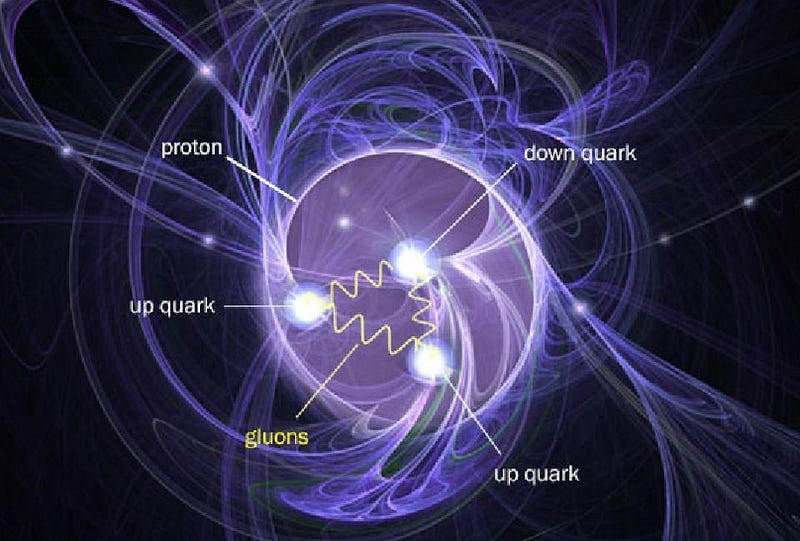
Could a gap in our understanding of quantum mechanics trigger a groundbreaking scientific advancement? This question arises from a thought experiment that unveils a paradox. Might quantum gravity serve as the key?
To grasp the fundamental workings of nature, we often need to simplify complex systems. The macroscopic realm consists of particles that, at their most basic level, are deemed fundamental. These particles interact through forces mediated by the exchange of other particles (or the bending of spacetime in the case of gravity) and respond to nearby objects.
This interaction appears intuitive: closer objects exert stronger forces on each other. If they are distanced sufficiently, those forces diminish to zero. This phenomenon is known as the principle of locality, which is generally consistent. However, quantum mechanics frequently contravenes this principle, suggesting that locality may be an enduring illusion. Understanding this illusion could be precisely what physics requires.
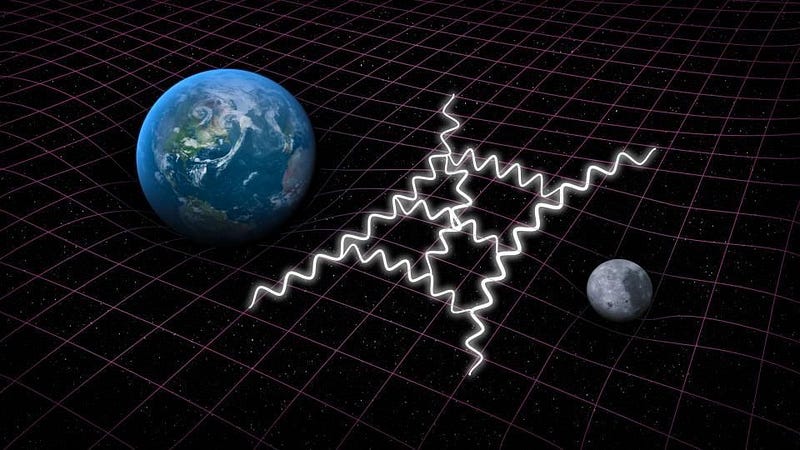
Consider two objects positioned closely. Their interaction—whether attractive or repulsive—depends on their respective charges and the distance separating them. You might envision this as one object producing a field that influences the other or as both exchanging particles that exert forces upon each other.
Naturally, one would presume a limit to this interaction: the speed of light. Relativity dictates that the rate at which the particles responsible for these forces propagate cannot exceed light speed. This seems straightforward, yet the universe often defies expectations.
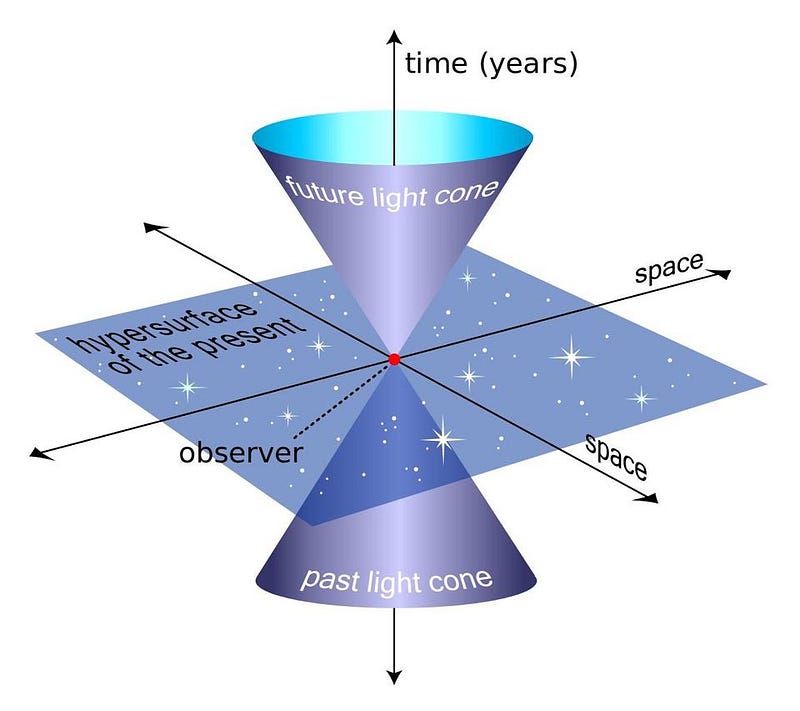
We possess an ingrained notion of cause and effect shaped by our experiences—referred to as causality in physics. This idea aligns with our intuitions and is one of the few concepts in physics that does. Each observer in the universe has a sequence of events that exist in their past and future.
In relativity, events contained within one's past light-cone can influence them, while those in the future light-cone represent events they can affect. Causally-connected events can transmit signals and effects at light speed, but not faster. This is what our intuitive understanding of reality leads us to believe.

However, in the quantum realm, this concept of relativistic causality is neither straightforward nor universally applicable. Numerous particle properties—such as spin or polarization—remain fundamentally indeterminate until measured. Before an observation is made or an interaction occurs that compels the particle into a specific state, it exists in a superposition of all potential outcomes.
Moreover, two quantum particles can be entangled, linking their quantum properties. When one member of the entangled pair is observed, it reveals information about its state as well as its partner's.
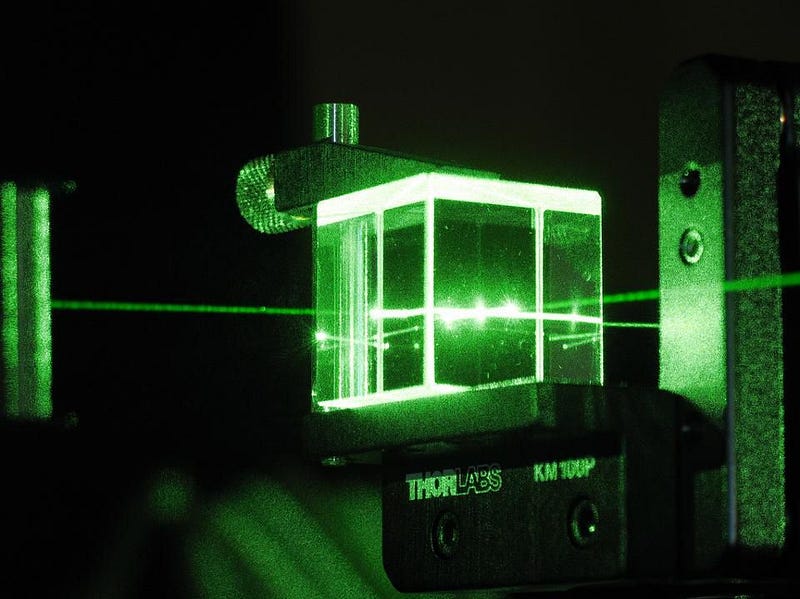
This situation becomes intriguing when you perform an experiment as follows:
- Generate a pair of entangled particles at a specific location.
- Separate them by a significant distance while maintaining their entanglement.
- Conduct measurements (or induce interactions) as close to simultaneous as possible.
In every instance, upon measuring one particle, you gain immediate insight into the state of the other entangled particle.

What's perplexing is that you cannot verify the accuracy of this information until later, as it takes time for light signals from the other particle to reach you. Yet, when the information arrives, it consistently aligns with your initial expectation based on your measurement of the first particle.
This raises a significant question: you obtained knowledge about an event occurring non-locally, beyond your light cone, which contradicts the notion of locality. Although no information was transmitted faster than light, this scenario reveals a troubling aspect of quantum physics: it is inherently non-local.
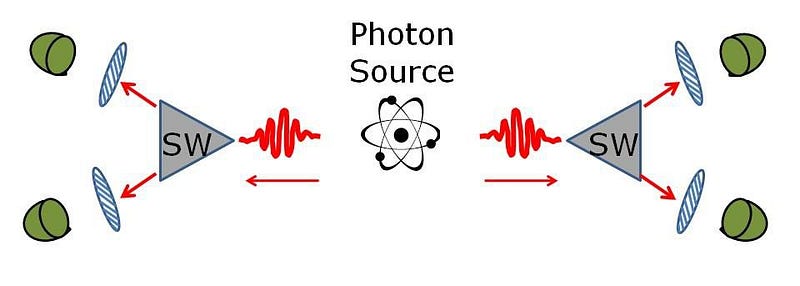
There are limitations, however:
- The measurement of your particle doesn’t reveal the precise state of its entangled partner; it only provides probabilistic insights.
- There remains no method to convey signals faster than light; non-locality can only facilitate predictions of statistical averages of entangled properties.
- Despite the aspirations of many, including Einstein, Schrödinger, and de Broglie, no one has yet devised a revised version of quantum mechanics that surpasses its original form.
Yet, the dream persists.
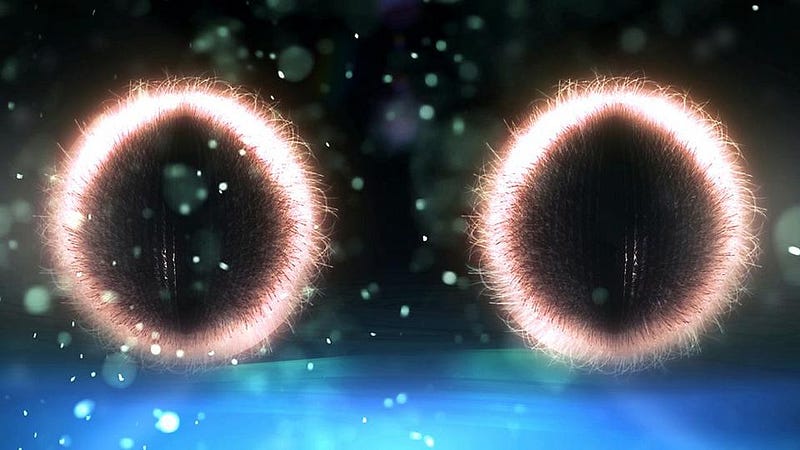
One prominent figure in this quest is Lee Smolin, who co-authored a paper in 2003 linking general ideas in quantum gravity to the fundamental non-locality of quantum mechanics. While a successful quantum theory of gravity remains elusive, we have identified several critical characteristics that such a theory would need to maintain consistency with the known universe.
Efforts to quantize gravity by substituting the concept of curved spacetime with particle exchanges that mediate gravitational forces could lead to significant violations of locality. By examining the implications of these violations—analyzing them as Smolin and his co-author Fotini Markopoulou did—we find they can elucidate quantum mechanics' non-local behaviors through new, non-observable variables.

Skepticism about this conjecture is warranted. For one, our understanding of quantum gravity remains rudimentary; any assertions regarding it are speculative. Furthermore, replacing quantum mechanics' non-local behavior with that of quantum gravity could complicate matters rather than simplify them. Additionally, the non-local variables proposed by Markopoulou and Smolin lack observability or testability.
Fortunately, we'll have the opportunity to hear from Smolin directly. On April 17 at 7 PM ET (4 PM PT), he will deliver a public lecture at the Perimeter Institute, which you can watch live.
I’ll be tuning in, eager to learn about what Smolin calls "Einstein’s Unfinished Revolution," a pursuit to reconcile the two current, yet incompatible, interpretations of reality: General Relativity and quantum mechanics. I'll also provide live commentary starting 10 minutes before the talk.
Join me in exploring the status of quantum gravity research and its potential to transform our comprehension of quantum reality!
(Live blog starts at 3:50 PM PT; all times listed in Pacific Time.)
3:50 PM: Welcome! I've been contemplating the concept of quantum gravity all day, anticipating this talk.
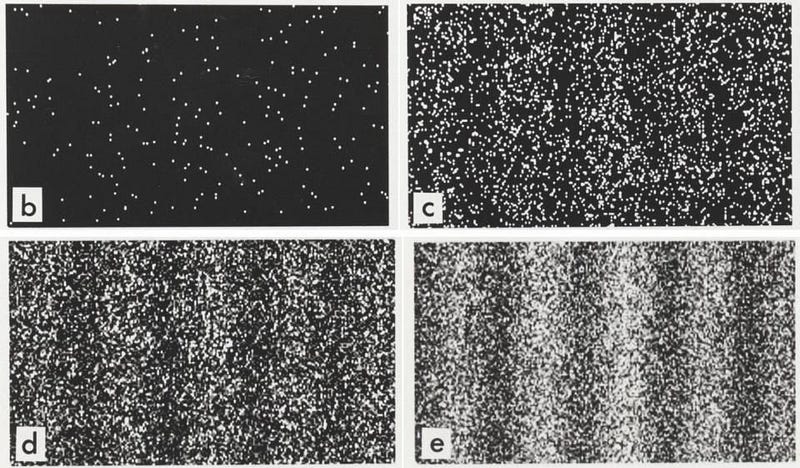
3:54 PM: The discourse on the incompatibility of General Relativity and quantum physics isn't merely theoretical. A classic thought experiment, the double-slit experiment, illustrates this.
Visualize an electron passing through a double slit. If you don’t determine which slit it traverses, it appears to pass through both slits simultaneously, creating an interference pattern on the screen behind. However, what happens when we measure its gravitational influence?
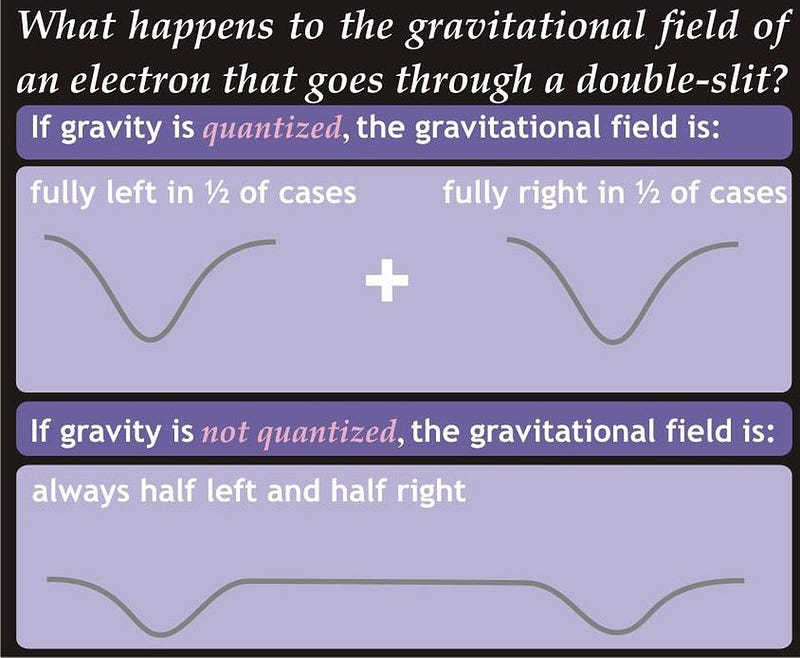
Does the gravitational field exhibit an interference pattern, or does it follow a singular path, passing through one slit only?
Performing this experiment would yield a result, but General Relativity offers no predictions. Without a quantum gravity theory, we cannot answer this.
3:58 PM: Smolin’s proposition is intriguing: perhaps what we perceive as quantum indeterminism or entanglement stems from a fundamental misunderstanding of quantum gravity. If quantum gravity involves non-localities, then our observations of quantum phenomena could merely reflect these fundamental non-localities.
Fotini Markopoulou, Smolin's co-author from the 2004 paper, was recently featured in an engaging article on Nautilus, which I highly recommend.
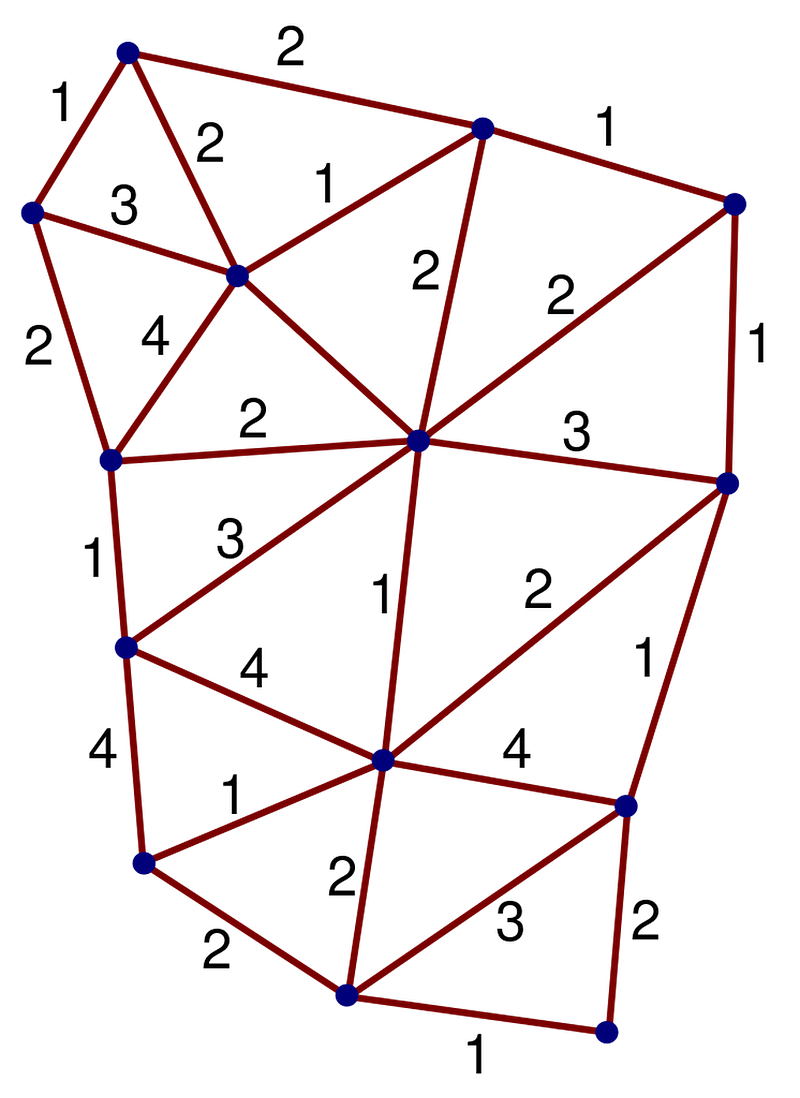
4:02 PM: If you’ve heard of Loop Quantum Gravity (LQG), regarded as a serious contender to String Theory in the quest to quantize gravity, it's worth noting that Lee Smolin is one of its co-founders. His lecture is about to commence, and I’m excited!
4:06 PM: Smolin humorously addresses the numerous unsolicited “solutions” to quantum physics challenges he receives. While he encourages deep thinking about these issues, he subtly discourages them from distracting him.
(For those thinking of sending unsolicited theories my way, I no longer evaluate such submissions.)
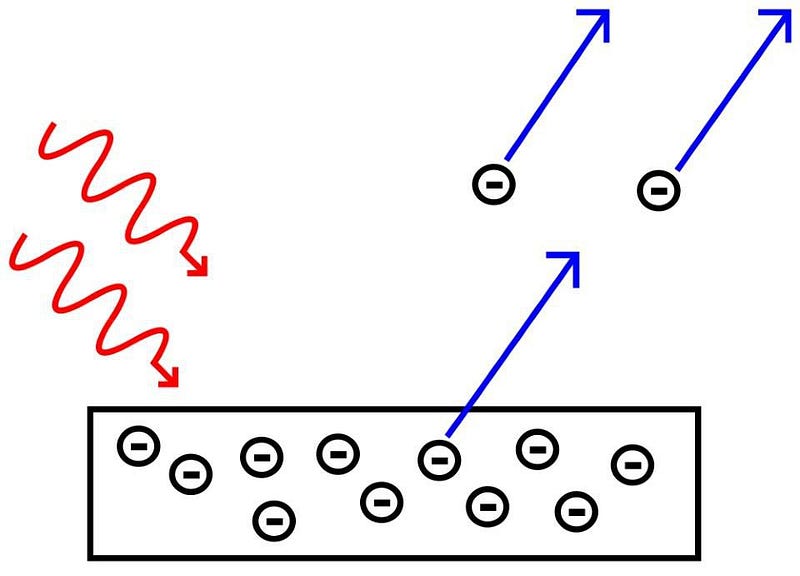
4:08 PM: An often-overlooked fact: during Einstein's "miracle year" in 1905, the photoelectric effect was his most revolutionary work. This experiment demonstrated light's particle-like nature, as individual photons could ionize electrons based solely on their energy.
Smolin's concept of "Einstein's Unfinished Revolution" posits that understanding the quantum nature of reality should lead to a completed revolution—one where reality exists independent of the observer.
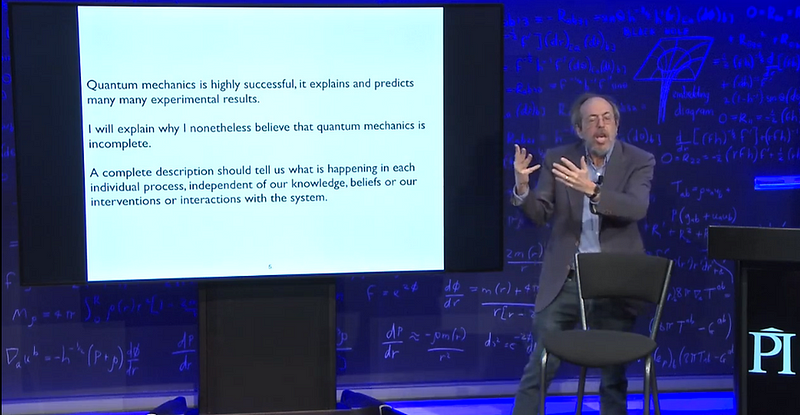
4:12 PM: Does nature exist independently of our observation? This is a realist perspective, while the observationalist viewpoint emphasizes the observer's role. Various combinations of realism, locality, determinism, and hidden variables can be accepted or rejected, yet often lead to discomforting conclusions that conflict with experimental data.
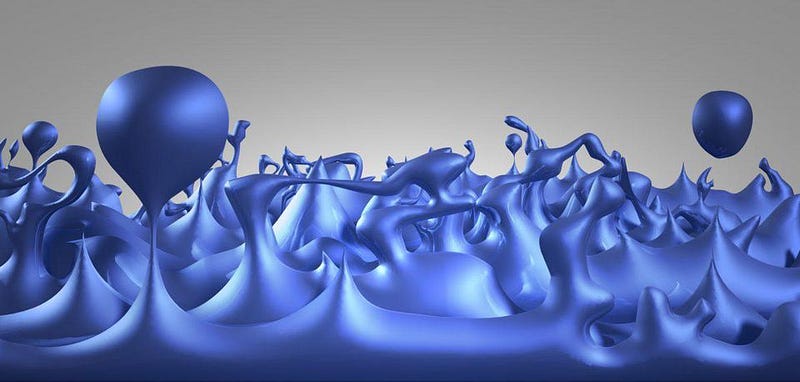
4:16 PM: For those commenting that "Smolin is dull," I urge you to focus on the substance of his talk rather than the delivery. He articulates profound insights, including this quote from Niels Bohr:
> “When we measure something we are forcing an undetermined, undefined world to assume an experimental value. We are not measuring the world, we are creating it.”
This profound statement highlights the reality that experiments can influence the observed behavior of the world.
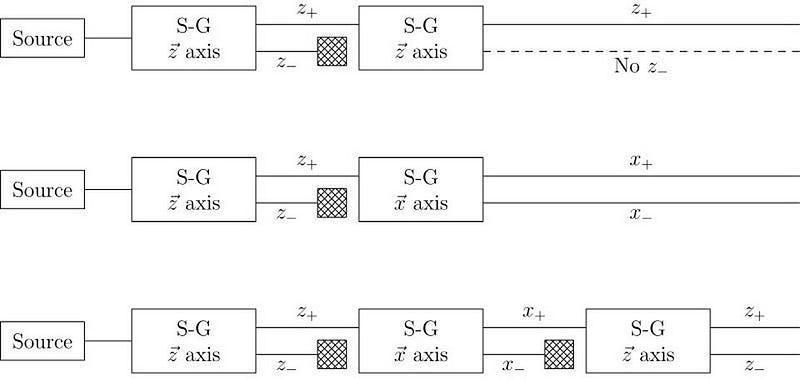
4:20 PM: The Stern-Gerlach experiment exemplifies this principle. When an electron passes through a magnetic field oriented along a particular axis, its spin determines its deflection. This measurement eliminates any information regarding its spin along other axes.
If another experiment is conducted along a different axis afterward, it will reveal new spin information but erase data from the previous measurement.
4:24 PM: Additionally, fundamental quantum uncertainty is a reality. Certain property combinations cannot be known simultaneously with arbitrary accuracy, such as position and momentum or energy and time.
“Why is it this way?” remains unanswered—it is simply the principle at hand.
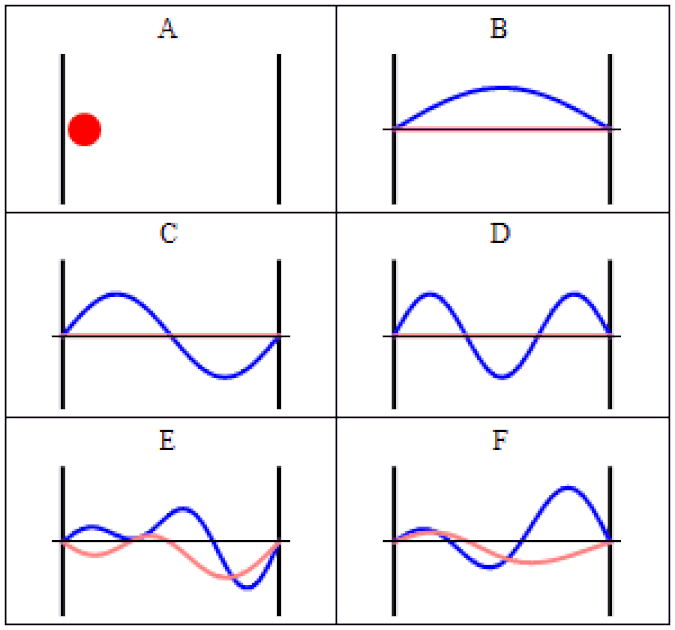
4:28 PM: Smolin emphasizes understanding probability and superposition. Classical descriptions of systems with absolute properties independent of measurement are insufficient. Our measurements impose constraints on potential outcomes, leading to a probability distribution for observable quantities.
4:31 PM: Notably, no connection to gravity has been presented yet—don’t worry, you haven't missed anything.
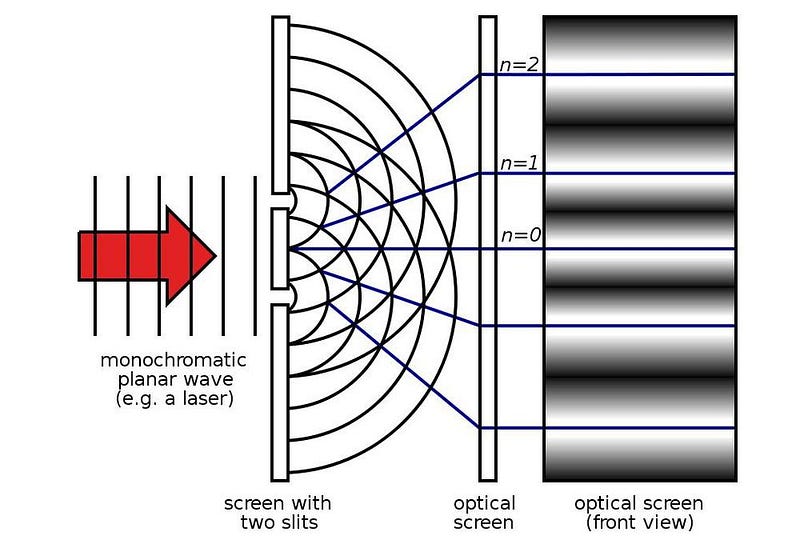
4:33 PM: Smolin articulates a significant distinction in quantum mechanics:
- Without observation, reality evolves smoothly as a wave, remaining indeterminate.
- Upon observation, we cannot predict exact particle locations or properties but only their possible outcomes.
In the absence of observers, reality would evolve according to the first point. However, these two concepts create a dilemma for the realist interpretation of quantum mechanics.
4:37 PM: When particles are in an indeterminate state, they interact through superposition, leading to constructive and destructive interference that defines the range of probable outcomes. Yet, a measurement yields only one definitive outcome.
From the Copenhagen to Many-Worlds interpretations, no distinction exists in measurement outcomes. Although some wish to discard the second rule Smolin critiques, doing so fails to align with reality.
4:39 PM: Smolin brings up a critical point regarding the measurement problem, echoing a sentiment I often express. He states:
> “Some argue that the measurement problem is overstated, yet I’ve pondered it since I was seventeen!”
While one can contemplate any issue, formulating the problem for potential resolution is essential; otherwise, it devolves into mere philosophizing.
4:42 PM: Are you troubled by Schrödinger’s cat? Does the indeterminacy until measurement bother you? You can ponder it endlessly, but predictions remain elusive until observations are made, which explains ongoing concerns surrounding the concept.
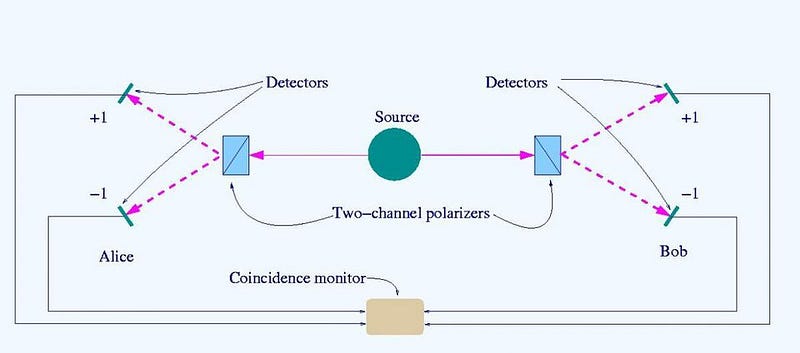
4:45 PM: Smolin sets the stage for discussing quantum entanglement. When two entangled particles are separated, each observer measuring their particle can still glean insights about the other's properties.
Observer #1 might measure their particle's spin as up, leading Observer #2 to deduce that theirs is down. Remarkably, Observer #1 can often predict Observer #2's measurement with better than random guessing, regardless of distance.
4:48 PM: This phenomenon raises questions about the nature of reality. Although only one particle is measured, knowledge about the other particle’s physical state is gained.
This thought experiment connects to the EPR paradox, highlighting why Einstein deemed quantum mechanics incomplete.
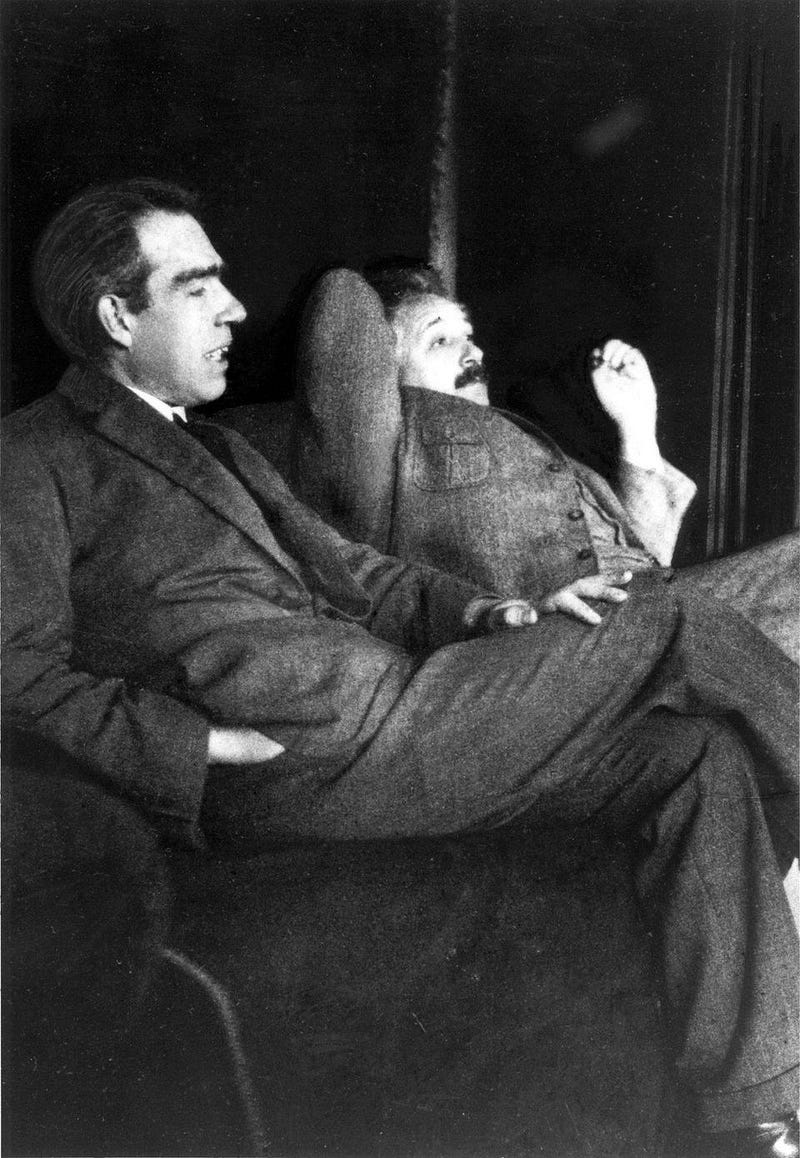
4:51 PM: Smolin acknowledges a flaw in this reasoning. When measuring one system to infer properties of another, you assume physics is local, which becomes problematic when systems are distanced.
Quantum physics is inherently non-local, complicating the desire for a theory that is both real and local.
4:54 PM: Ultimately, the universe, as perceived, remains indeterminate until measurements are made. Observers far away can influence reality, but their observations can only reach you at light speed or slower. By the time their information arrives, you will have made your measurement, confirming its consistency.
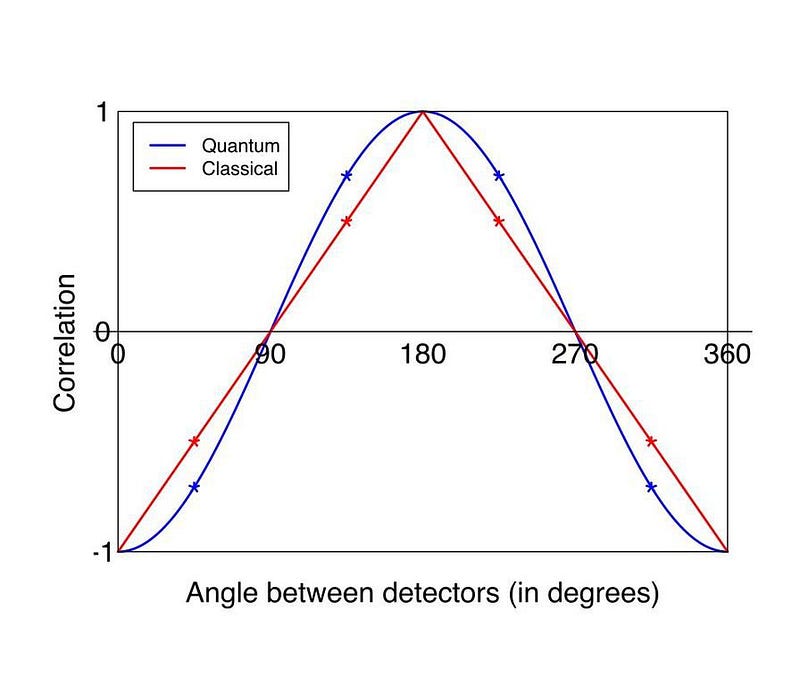
4:58 PM: Strikingly, a local, realist interpretation of quantum mechanics is unattainable. Smolin seeks to revive realism while sacrificing locality.
In my view, it’s a stalemate. A blurry image on a screen could result from various causes, but without more information, the fundamental blurriness remains.
5:00 PM: Are you a realist like Einstein, or an anti-realist like Bohr? Smolin aligns with realism, hoping to address our challenges through non-locality.
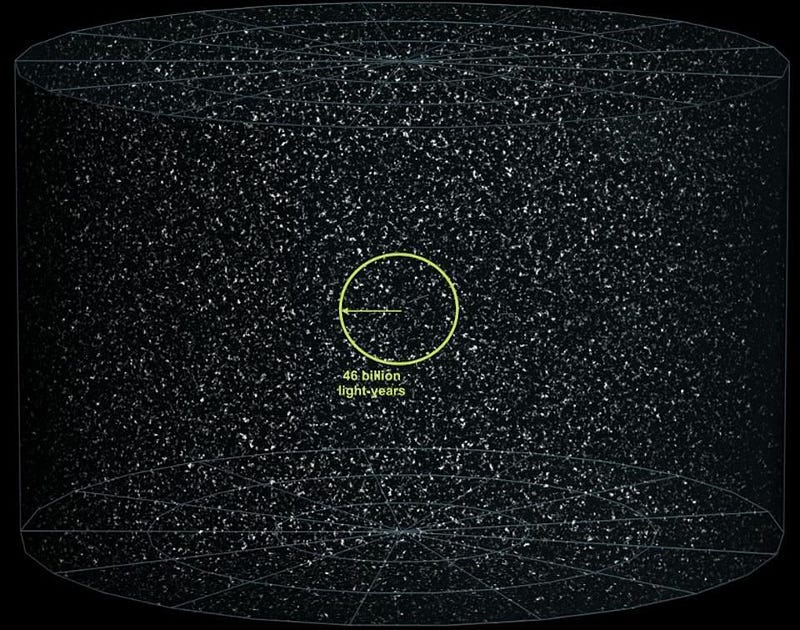
5:02 PM: Smolin provides a thoughtful response to the question of reality's comprehensibility, stating: "I don’t know, but I want to try." This is a fair perspective!
While I may not agree with his proposed next steps, I commend his willingness to explore the unknown. Theoretical physics thrives on attempting to unveil new truths.
5:05 PM: Philosophical dilemmas surrounding the Multiverse exist, particularly concerning probability derivation in quantum theory without measurements. Currently, all such formulations appear flawed, but that doesn’t render the endeavor fruitless.
5:07 PM: Smolin acknowledges the necessity of formulating a theory with testable predictions that diverge from standard quantum mechanics—a challenge yet unmet.

5:10 PM: Amusingly, achieving a simultaneously "local" and "real" universe might require avoiding any observations altogether. If true, this is a profoundly unsatisfactory conclusion.
5:12 PM: Smolin raises an intriguing question: why did we adopt Bohr’s interpretation of quantum physics, rejecting realism, instead of de Broglie’s, which favors realism and denies locality?
Reflecting on my previous article, I believe that until a theory yields different predictions from both interpretations, one can either attempt to develop such a theory or waste time pondering them.
5:16 PM: Smolin’s concluding thought is impactful: we pursue science precisely because we lack answers. We trust that we will eventually select the theories that best explain the universe, and a century from now, future generations will appreciate the choices made today regarding which theories to retain or discard.
Thank you for joining me in this enlightening lecture and discussion. Perhaps one day, we’ll have exciting advancements to report on this topic. Until then, you need not remain silent, but you must continue to calculate!